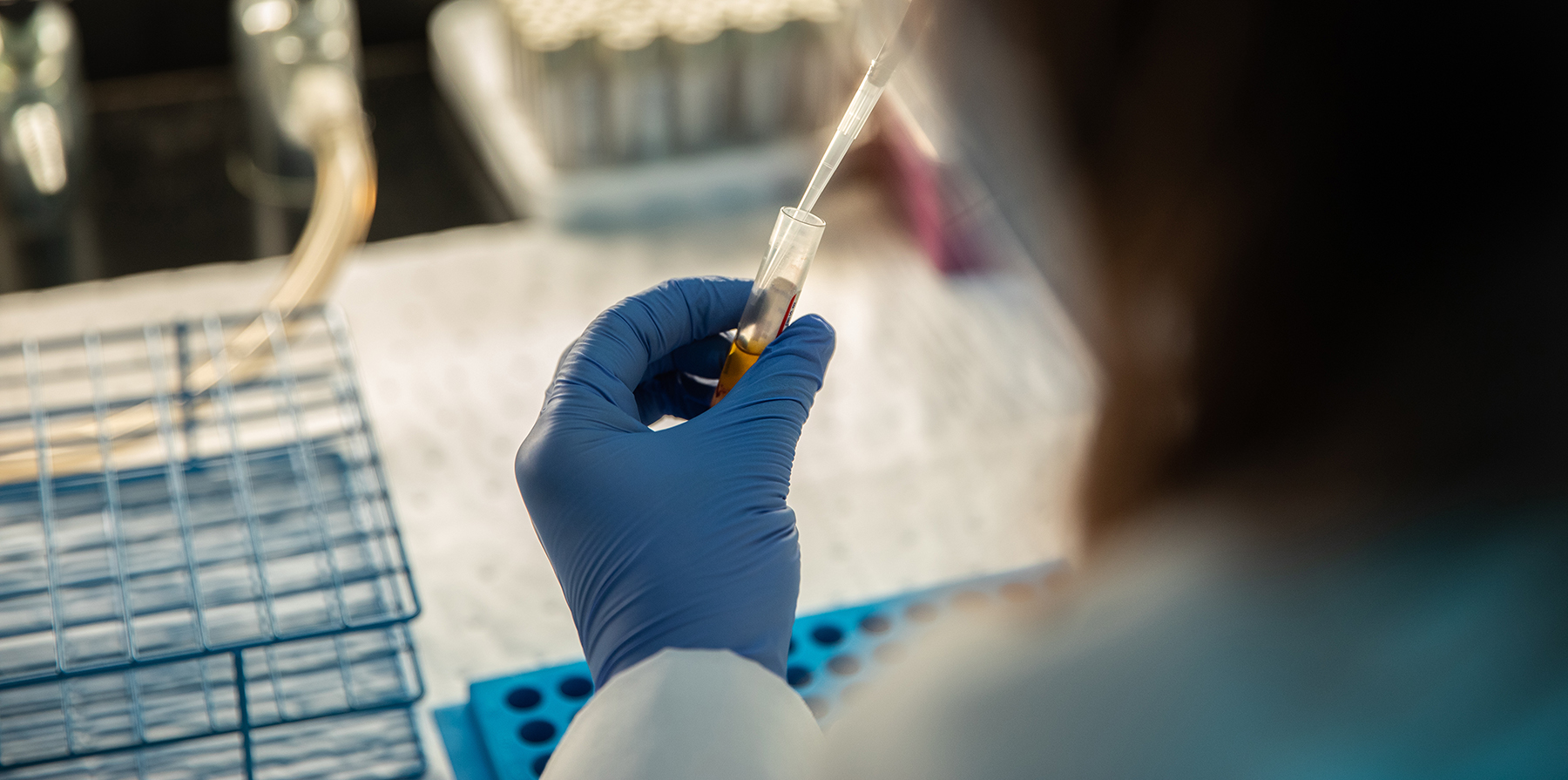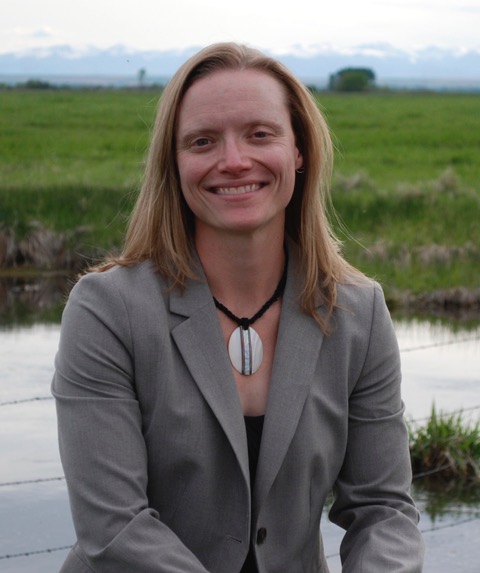Preparing for Disaster: UNM Hospital Participates in Region-Wide Emergency Training

Sleight of Hand
UNM Scientist Jennifer Gillette Tricks the Bone Marrow into Producing More Stem Cells for Transplantation
Our bone marrow harbors thousands of rare hematopoietic stem cells – tiny shape shifters that can morph into red or white blood cells. But conditions like sickle cell anemia or immune deficiency can damage these cells, and treatments for blood cancers may destroy them altogether.
To rebuild bone marrow, researchers have perfected the art of transplanting stem cells – either those belonging to the patient or ones that have been donated.
“You only have so many of these cells,” says Jennifer Gillette, PhD, associate professor in The University of New Mexico Department of Pathology. “These are cells that are with us our entire life. They stay turned off when you’re healthy and things are moving along. But in a stress condition, these are cells that get turned on and rev up and then go quiescent again.”
Gillette has been devising ways to trick donors’ bone marrow into releasing more stem cells into the bloodstream so they can be harvested and transfused.
In a new paper published online in the journal Stem Cell Reports, Gillette and her colleagues describe manipulating a protein called CD82 that sits on the surface of each stem cell and helps them migrate into and out of the bone marrow.
Gillette’s team found that when CD82 disruption is coupled with existing medications used to stimulate stem cell release into the bloodstream, the process is significantly amplified, causing more stem cells to find their way into circulation.
One of those medications – AMD3100 – costs $10,000 for a single dose, she says, and it is hoped that treatment with antibodies might be less expensive.
Patients diagnosed with leukemia or lymphoma may be treated with chemotherapy and/or radiation, which destroy cancerous cells in the bone marrow – along with stem cells.

For leukemia or blood cancers you’re trying to get rid of that malignant population and replace it with healthy cells.
“It wipes out everything,” Gillette says. “For leukemia or blood cancers you’re trying to get rid of that malignant population and replace it with healthy cells.”
Patients may bank some of their stem cells beforehand for autologous transplants, or they could receive allograft transplants from suitable donors.
“There are some patients that just don’t mobilize well,” she says. “We’re looking for any way that we can enhance cell release, because the number and quality of cells going in really enhance the response of the patients.”
Gillette has applied for a provisional patent to repurpose the antibodies – originally developed to study CD82 functioning – as a clinical treatment. “The next step is to see exactly how that antibody is working,” she says.